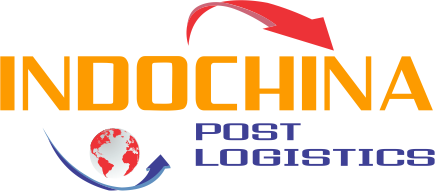The COVID-19 epidemic has wreaked havoc on global supply networks. Since its inception, technology has been the most important tool for everyone. The crisis has altered and emphasized the nature of logistics. As a result, several difficulties have arisen.
These difficulties range from a lack of freight capacity to strong demand for e-commerce services. As a result, companies, and consumers have had to acclimate to this new reality while also attempting to improvise and develop rapidly. Here are three of these issues to be faced at COVID-19 in 2021:
Contents
Capacity
- Shifting the ocean cargo to air cargo: despite higher shipping rates, the demand of technological products increased. In order to meet the demand and supply curve, makers decided to shift from ocean to air so millions of people around the world could work from home for long periods of time. Something that continues to happen.
- Air charters for urgent cargo: another solution was to use aire charters for high-value cargo that would otherwise go in the belly cargo of passenger flights;
- From empty passenger aircraft to passenger-freighters: this way, empty spots can carry cargo, in addition to belly cargo;
- Charter sharing amongst competitors: charter sharing and freight consolidation among shippers and forwarders competitors in order to move more commodity.
- Alternative modes: such as rails from two different spots in the world, maybe airports, ports and trucking routes with extra capacity.
Fluctuating demand
E-commerce necessitates rapid fulfillment and shipping that is also reasonably priced for customers. Typically, when it comes to retail enterprises. Alternative inventory storage is one of the solutions for these issues.
- This means more warehousing.
- Warehousing close to point-of-origin or destination.
- Conversion of stores into storage as distribution hubs.
- Conversion of stores into storage as fulfillment hubs.
- Strategic use of ocean freight as “floating storage” through timing orders and deliveries.
Inventory management
Changes in consumer demand, and therefore obstacles, have produced long-term concerns for production and supply. This means that, as is the case today, there are stockouts or excess inventory depending on the product. There is turmoil, from items that are delayed to things that are undesired.
So, in order to fight this, some solutions exist are:
- The improvement of visibility tools.
- Using advanced data analytics for better modeling.
- Moving warehousing filled with stock closer to key markets.
- Working out smaller volumes of inventory in order to be more responsive to trends.
- Demand planning according to the market.
- Ordering stock in shortened, more frequent cycles.
One lesson of the COVID-19 crisis is that without people, technology is of little value. So, companies around the world have reacted quickly to the challenges of the supply chain disruption to help and serve their customers.
